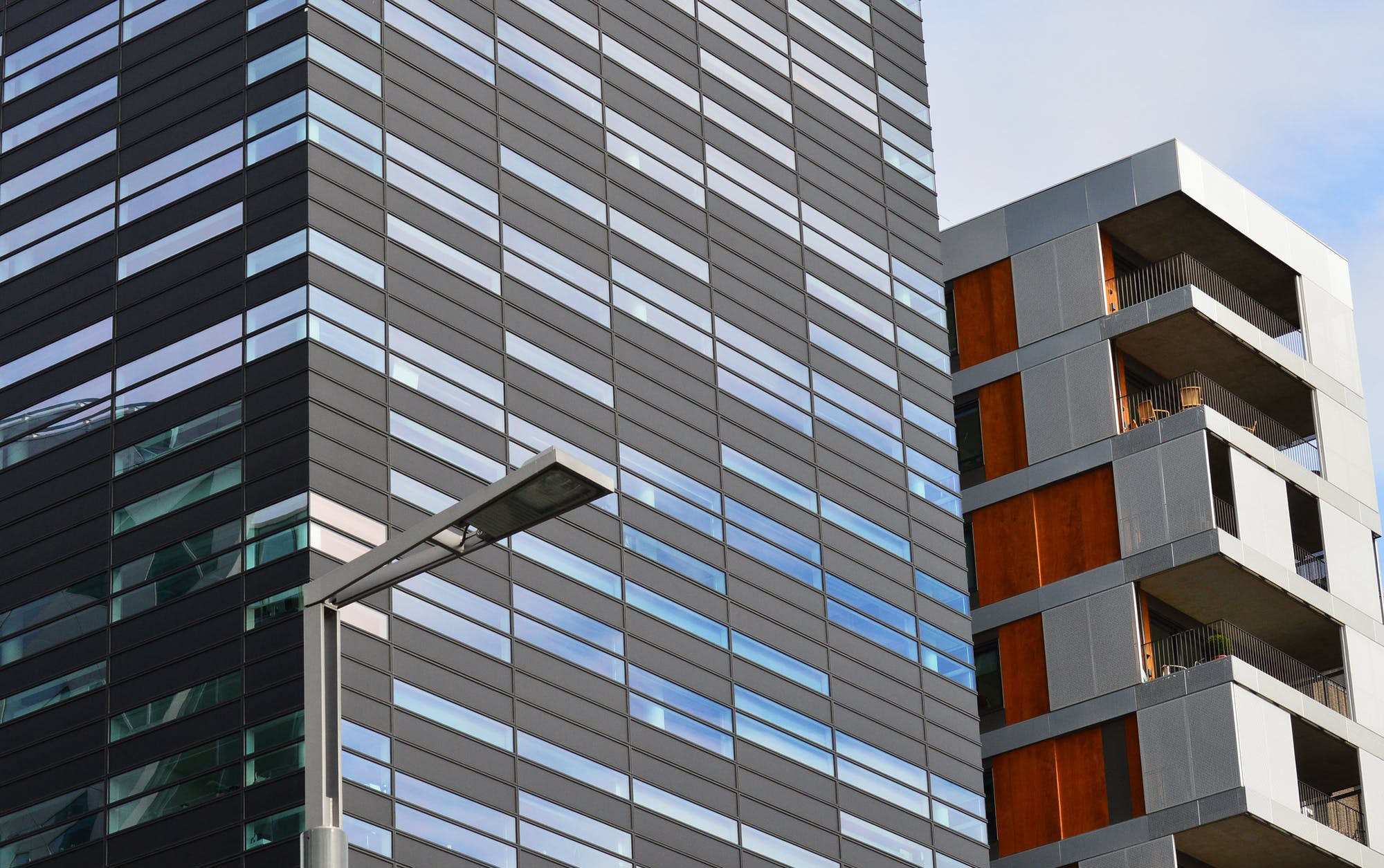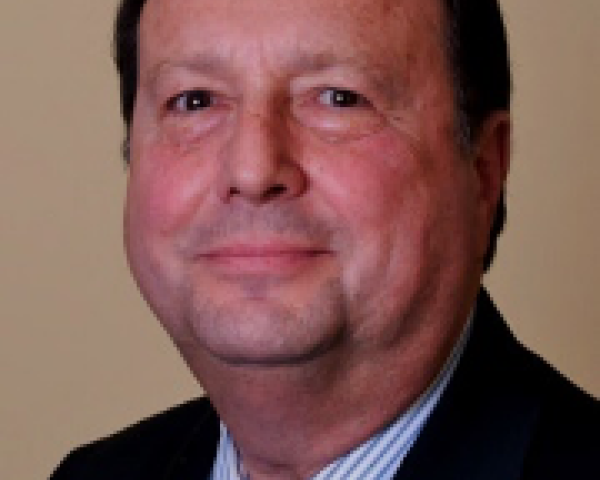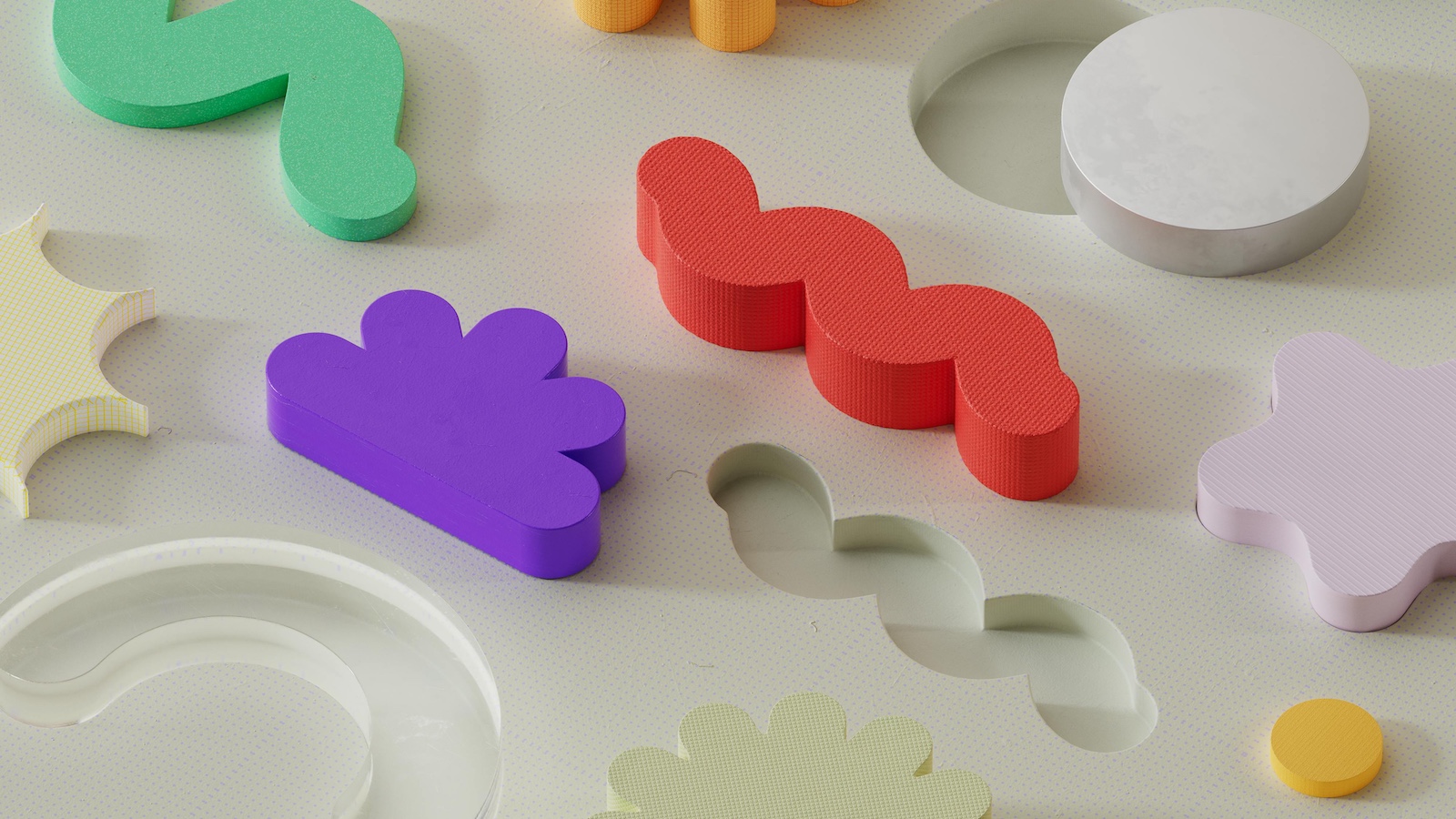The personal and commercial property claims process has traditionally lagged well behind other segments of P&C insurance in the adoption of technology and innovation. That officially ended in 2020, aided by a global pandemic that changed virtually everything about life and business as we knew it. Understanding the factors behind the historical lack of innovation in property claims provides insights into why and how this segment is suddenly undergoing such rapid transformation.
Auto vs. Property Claims Process Transformation
When compared with the recent impressive rate of change in auto claims, property claims appeared to be a more of a laggard than it really was – but a laggard nonetheless. To put this in perspective, U.S. auto insurance policies, premiums and claims in 2019 were approximately four times larger than property. Further, auto claims are generally more visible and more consequential to the public than property claims. And the auto claims process was broken until about 1990, with the emergence of direct repair programs enabled by internet and database technologies, so the transformation has been that much more obvious and impressive.
Industry Fragmentation
The property claims repair market is characterized by extreme fragmentation, which exceeds that in the auto insurance claims industry. This is due to several factors:
- the relatively large number of service providers specializing in distinctly different major damage types, especially managed repair networks, as well as independent contractors, in general
- the complexity of property claims themselves, which involve the coordination of numerous general and specialty provider types for a given claim
- the proliferation of task-specific software solutions, which are generally not integrated with one another
- the smaller influence of property insurers on the repair process as compared with the influence that auto insurers have (because of less consolidation of property insurers and because they collectively represent only about 33% of repair industry revenue while auto insurers represent almost 90% of collision repair revenue)
A high-level comparison of market fragmentation of third-party auto and property claims repair provider markets provides another important explanation of the emerging transformation in property claims. The collision repair industry has undergone significant consolidation both in terms of the numbers of repair shops and shop ownership – and consolidation continues. Since 1990, the number of U.S. repair locations has fallen roughly 50% to approximately 32,000. Moreover, consolidators have created large multi-location, multi-regional and national MSOs (multi-shop operators) and now control almost 30% of the repair industry revenue. Private equity investments and relatively inexpensive debt have provided the enormous pools of capital required to enable this consolidation.
See also: Key Advantage in Property Underwriting
Property Claims Ecosystem
In studying the property claims, mitigation and restoration ecosystem, we identified 110 companies with material market share, which we grouped within nine distinct categories:
- Software applications for:
- Property estimating
- Restoration management
- Claim management platforms
- Accounting/financial, measurement, documentation, communication and productivity
- Payment solutions
- Imaging/aerial inspection
- Services:
- Third-party administrators (TPAs)
- Property claims adjusting and estimating
- Managed property repair networks
Industry Consolidation
When we researched corporate ownership profiles for these 110 firms, we discovered that 45 – or 39% of them – are funded or controlled by private equity, venture capital or a few strategic investors. While there is some such investor activity in every one of the nine segments, it is most pronounced in managed property repair networks, claims management platforms and imaging/aerial inspection verticals.
These investors are fueling consolidation in these segments in much the same way as they are in the auto claims ecosystem, and will spur greater adoption of cost-effective and process innovation technologies. This is already evidenced by the emergence and adoption of artificial intelligence, computer vision, augmented, virtual and extended reality, machine learning and natural language processing across property claims.
Opportunities
Emerging Property Repair Market Opportunity
The property repair industry is 40% to 50% mature, while we estimate the auto claims industry is approximately 80% mature. This is partially illustrated by direct repair claims penetration of the collision repair industry, which is at or over 50% for carriers with higher market share (and more for some auto carriers) versus less than 10% on average for property repair.
Homeowners property insurance claims and ecosystem software and technologies market, viewed holistically, represent a significant and mostly unaddressed market opportunity. The situation closely parallels the auto insurance claims process and collision repair markets of 1990, which saw technology and economics drive vendor consolidation and carrier adoption of managed national repair programs, which were enabled by automated estimating software development, digital communications, imaging and end-to-end claims workflow tools.
Property Claims Solution Platforms
Property insurance carriers increasingly will be seeking technology-driven end-to-end property claims management solutions featuring;
- connectivity between all parties from report of loss to remediation to payment and closure
- hybrid insourced/outsourced carrier claims and repair network management capabilities, including universal, standardized contractor onboarding, performance metrics, automated skills/needs matching, user reviews and vendor rankings.
- integration with Guidewire’s claims platform or similar partner ecosystems
Property Claims Technologies
Artificial intelligence (AI), machine learning (ML), robotic process automation (RPA),computer vision (CV), natural language processing (NLP), aerial imagery including drones and digital payments are being aggressively adopted across the P&C insurance claims process, and specifically property.
- Smart home technology adoption will mitigate and in some cases eliminate claims and losses; Bain Capital predicts that in just five years there will be 50 billion connected devices and a trillion by 2030. According to Statista Market Forecast, the global smart home market was valued at $55.65 billion in 2016 and is projected to reach $174.24 billion by 2025, growing at an annual rate of nearly 14%. While 32% of homes currently have a smart device, that number is expected to reach 52% by 2025.
- The impact of these technologies to the property claims and restoration industries is already -- and will become even more -- significant
- As residential policyholders become more comfortable with self-administered smartphone photo and video inspections of property damage reported directly, insurers will gain more control over the restoration assignment process, which will promote the use of national repair networks (and the claims management software that can manage the end-to-end process)
- It is estimated that the use of photo inspection services can reduce field claims cost from an average $550 down to between $60 and $90 and the cost of technical inspections from $550 to $300
- Technical inspections or VAIP (virtual adjusting and inspection programs) will fuse services, including the use of a licensed adjuster. Claims will offer faster cycle times and savings of 35%.
- Providers of satellite and aerial images, including drones, are gaining in importance in the residential property damage identification, validation, damage assessment and repair estimation process.
- Satellite and aerial imagery are increasingly being used by the property insurance industry for catastrophe planning and response, including damage evaluation and estimation.
Property insurance carriers now seek to avoid the effort and responsibility of managing restoration contractor selection or oversight but require a complete end-to-end workflow management platform to achieve their goal.
See also: How to Pursue Innovation in a Crisis
The property insurance claims and repair industries continue to move through a multi-segment structural transformation caused by prevailing market conditions, including industry fragmentation, consolidation, investments, revenue and geographic scale, end-to-end technology and software integration, emerging technology adoption and claims process improvement. Companies and investors that recognize the numerous opportunities presented by this transformation and solve for these dynamics are likely to be the future industry leaders.











